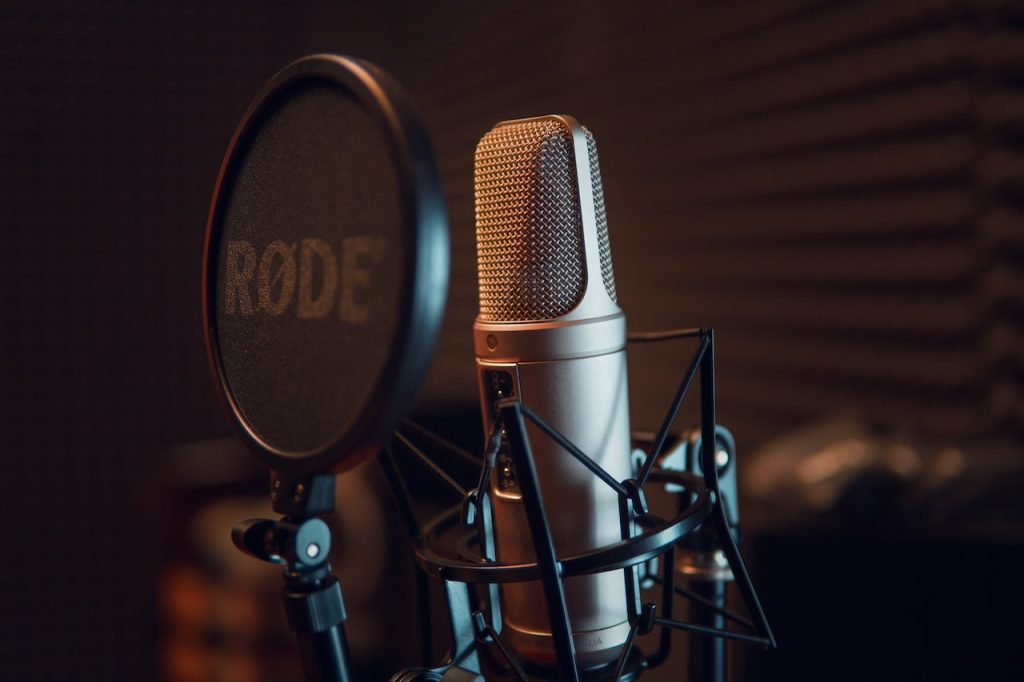The music industry is always at the forefront of the latest trends, so it should be no surprise that NFTs have been embraced by many artists and fans already. If you’re an artist, you might have been thinking about creating NFTs for your fans, or it might not have crossed your mind. This article has been designed to give you more information on NFTs in the music industry and why they might be able to boost you as a music artist.
The rise of NFTs in Music
NFTs have been around since 2017, but they have only recently started to gain mainstream attention. This is due to several factors, including the increasing popularity of blockchain technology and the emergence of new platforms that make it easier to create and sell NFTs.
In addition, the increasing number of high-profile artists and labels embracing NFTs has helped to raise the profile of the technology, resulting in more people becoming interested in it.
Artists and labels embracing NFTs
NFTs have been embraced by a number of high-profile artists and labels, including 3LAU, Grimes, The Weekend, and Travis Scott. These artists have all released NFTs to promote their work, with some of them generating millions of dollars in sales.
In addition, many major labels have also started to embrace NFTs, including Universal Music Group, Warner Music Group, and Sony Music. These labels are using NFTs to promote their artists and increase their profits.
Steps to creating successful NFTs
Creating successful NFTs requires a few steps. First, the artist or label must decide what type of digital asset they want to represent. This could be artwork, music, videos, or gaming items.
After the asset has been chosen, the artist or label needs to decide how they want to market the NFT – which could include creating promotional materials, such as videos, images, and articles, to help spread the word about the NFT.
The artist or label must also decide what platform they want to use to sell their NFTs – the NFT marketplace at OKX.com is one of the most popular currently. There are many options available, though, each with its own features, benefits, and associated fees, so it is crucial to research.
Finally, the artist or label needs to set a price for the NFT. This should be based on the popularity of the artist or the asset, the potential demand for the NFT, and any other factors that may influence the price.
Once these steps have been completed, the artist or label can start selling their NFTs.
Conclusion
Non-Fungible Tokens (NFTs) have revolutionized the music industry, providing artists and labels with new ways to promote and monetize their work. NFTs offer a range of benefits, including the ability to authenticate artwork, generate additional revenue, and promote new music.
So if you’ve been thinking about getting into NFTs as a music artist, there are plenty of great reasons to embrace NFTs, and you have some more knowledge on how you can get started, and create something special for your fans.
Photo credit: Dmitry Demidov (Pexels.com)

